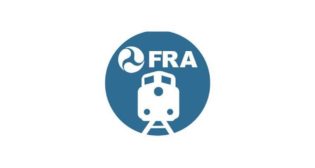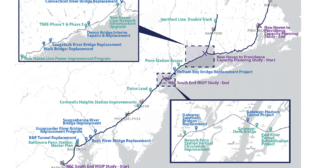
Transit Briefs: BART, Brightline, CTA, LACMTA
Written by Marybeth Luczak, Executive Editor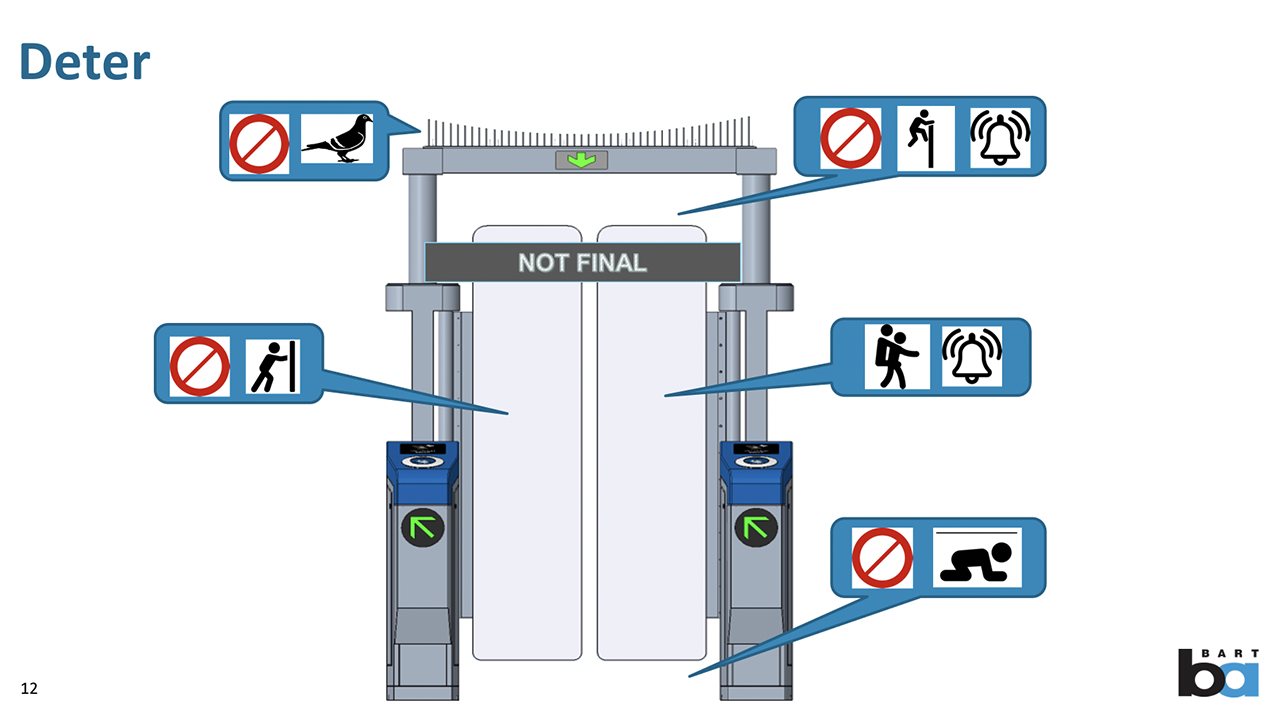
The BART Board officially approved the contract to STraffic America for new fare gates systemwide. While the new design has not yet been finalized, the gates are slated to have clear swing barriers that will be difficult to be pushed through, jumped over or maneuvered under. (Rendering Courtesy of BART)
The San Francisco Bay Area Rapid Transit District (BART) advances its systemwide fare gates project. Also, Brightline begins bridge rehab work in Stuart, Fla., ahead of its service launch to Orlando; Chicago Transit Authority (CTA) announces community improvements as part of its $2.1 billion Red and Purple Modernization (RPM) Phase One Project; and LA SkyRail Express boosts its monorail team for Los Angeles County Metropolitan Transportation Authority’s (LACMTA) Sepulveda Transit Corridor Project.
The BART Board on April 13 approved a contract with STraffic America to install new fare gates systemwide. BART staff last month recommended the Board move forward with the first purchase of the $90 million Next Generation Fare Gate project, which calls for all stations to have new fare gates by 2026, and recommended awarding up to $47 million to STraffic America to implement the project. According to the agency, BART staff will develop an installation timeline with STraffic America and will stress-test the new fare gate design at a yet-to-be-determined station later this year.
While the new design has not yet been finalized, it will “look unlike any other of the current 700 fare gates” in BART’s system, the agency reported. The new gates are slated to have clear swing barriers that will be difficult to be pushed through, jumped over or maneuvered under. The overall fare gate array height (gate, console, integrated barrier) will form a tall barrier of 72” minimum to prevent fare evasion.
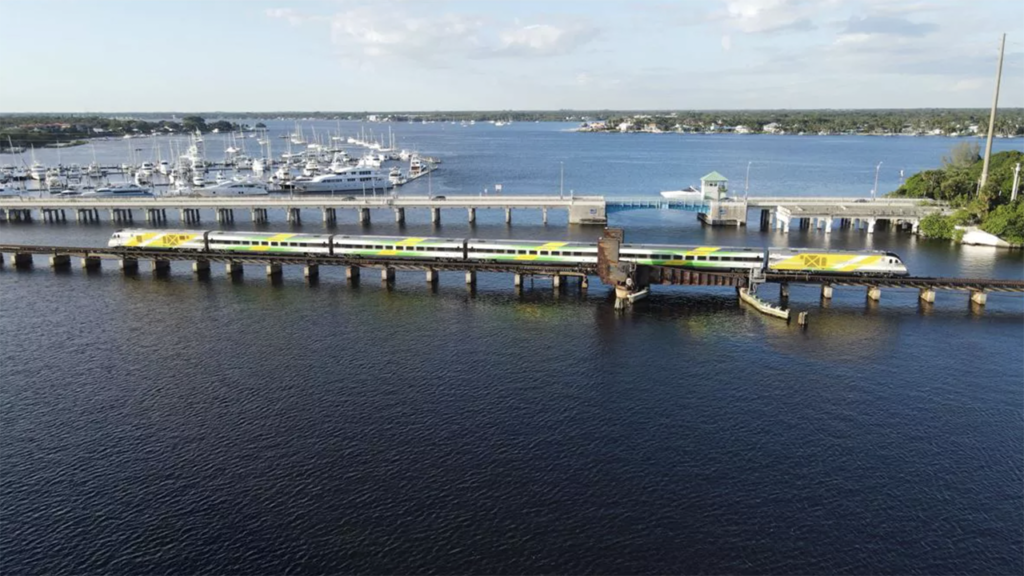
On April 16, Brightline will begin one of the final projects along its Orlando, Fla., extension: the upgrade of the St. Lucie River railroad bridge in Stuart, Fla. The private-sector passenger railroad reported via Twitter on April 13 that the work will continue through May.
“Due to the type of construction work and necessary safety precautions, rehabilitation of the drawbridge requires that the bridge be rendered inoperable and remain in the down position, impacting drawbridge operations and boats requiring an opening to pass,” according to Brightline, which is expanding its 67-mile Miami-to-West Palm Beach line 170 miles north to Orlando, with service expected to launch later this year.
The bridge project includes replacement of mechanical components, electrical and control components, and machining of the four trunnions in place. Brightline said it is also implementing several mitigation measures prior to beginning train service to Orlando, including a real-time bridge opening and closure app, countdown clock at the bridge, and a bridge monitor. Construction of the bridge monitor house is also currently under way.
“The St. Lucie River bridge represents one of the final construction projects along our Orlando extension,” said Michael Cegelis, Executive Vice President, Rail Infrastructure and Development for Brightline. “This work is necessary to assure that the bascule span can open reliably for marine traffic and close for freight and high-speed passenger rail. The new mechanical and electrical systems will greatly reduce the risk of unplanned closures that would impact all three user groups.”
Brightline’s bridge work is being coordinated with the U.S. Coast Guard, the Marine Industries Association of the Treasure Coast, federal and state agencies, and the Florida East Coast Railway, as well as local counties and municipalities and law enforcement organizations.
For more on Brightline’s new extension, read “Rolling Into Orlando,” by David C. Lester, Engineering Editor for Railway Age and Editor-in-Chief of Railway Track & Structures.
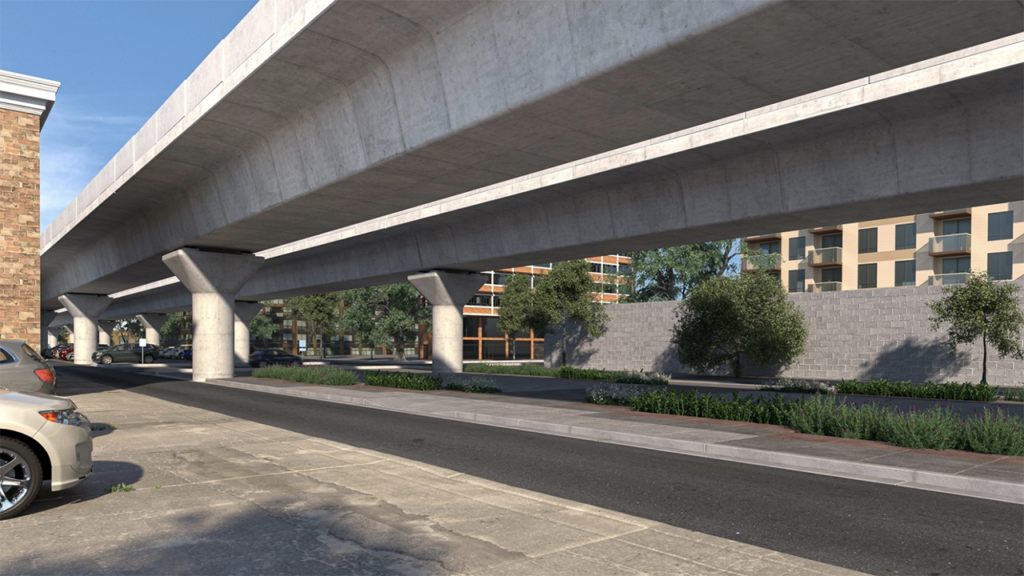
CTA on April 13 reported that it will remove an embankment wall between Lawrence and Bryn Mawr Red Line stations as part of the RPM Phase One project, creating more than one mile of new, open space underneath the Red and Purple line tracks in the Uptown and Edgewater neighborhoods (see rendering above). New community space will be created between W Lawrence and W Ardmore avenues by removing nearly all of the century-old embankment structure and walls starting later this year.
When the Phase One Project is completed in 2025, the neighborhoods will gain new areas that could be developed into parking and community spaces, according to CTA, which said it will hold community meetings for a block-by-block look at new space that will available.
Future development would be in the form of partnerships with local stakeholders, and CTA said it will provide funding to support this community renovation and base programming, as well as install lighting under the new structure to increase safety for residents.
Any future activation of space would take into consideration the ability of CTA to access its infrastructure for regular inspection and maintenance and other work as needed, the agency noted.
CTA’s contractor, Walsh-Fluor Design Build Team, has already removed some of the existing wall to make room for new, fully accessible Red Line stations and other project elements. The contractor is expected to begin additional wall removal this year and continue through 2024, working simultaneously with new Red and Purple line track structure reconstruction now under way.
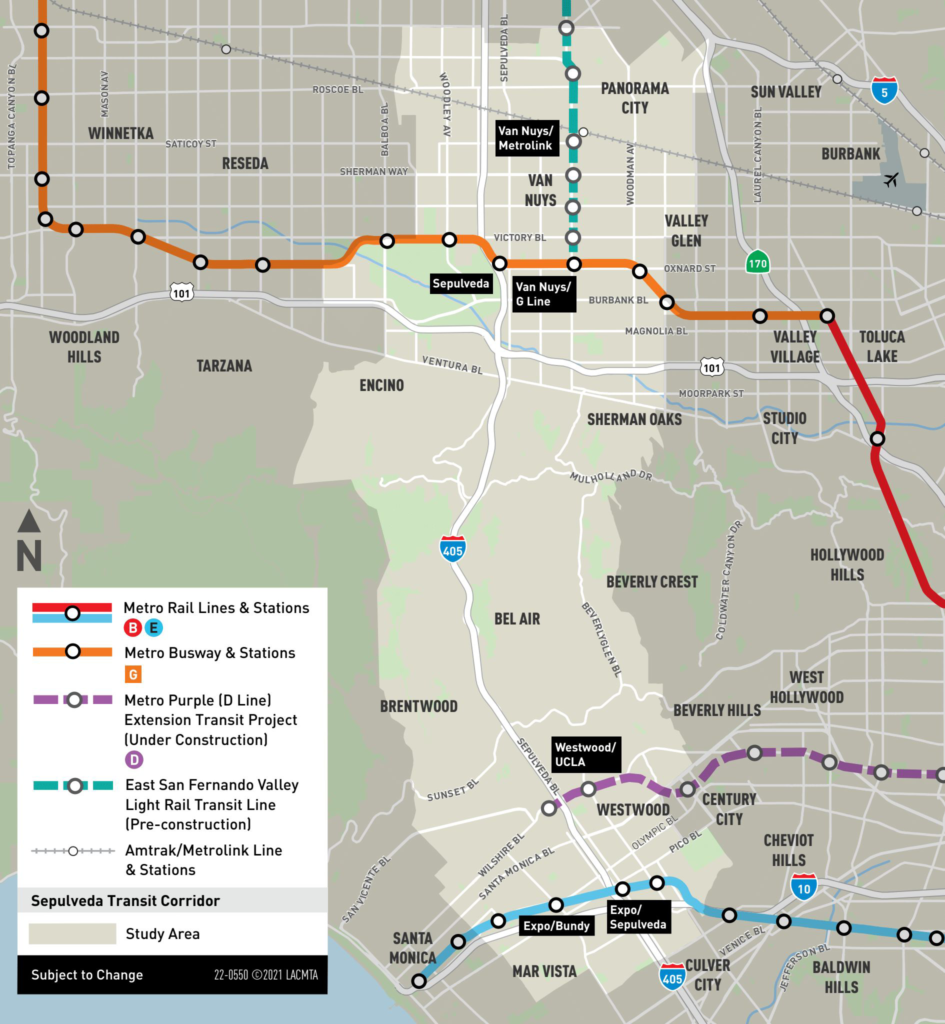
LACMTA is working with two private-sector teams, LA SkyRail Express (including John Laing, BYD, Skanska, ACI, HDR, Gensler and Innova) and Sepulveda Transit Corridor Partners (including Bechtel Development Company, Meridiam Sepulveda and American Triple I, Bechtel Infrastructure, Mott Macdonald, T.Y. Lin, and Systra) for pre-development work on the Sepulveda Transit Corridor Project that will connect Los Angeles’s San Fernando Valley with the Westside (see map above).
LA SkyRail Express on April 11 reported that it has added Keolis North America to its team.
Under the PDA, LA SkyRail Express is working on a high-capacity monorail system to ease congestion on the I-405 (Sepulveda) corridor between the San Fernando Valley and the Westside. It would be configured for a potential peak line capacity of up to 22,000 passengers per hour per direction, with a 2-minute headway.
LA SkyRail Express has “strengthened its team with the addition of Keolis, a global leader in the shared mobility market with over a century-long track record of enhancing the experience of transit passengers,” said Michael Hoghooghi, CEO and Consortium Director of LA SkyRail Express, whose monorail technology is employed in such cities as São Paulo, Bangkok, Cairo, Tokyo and Chongqing.


